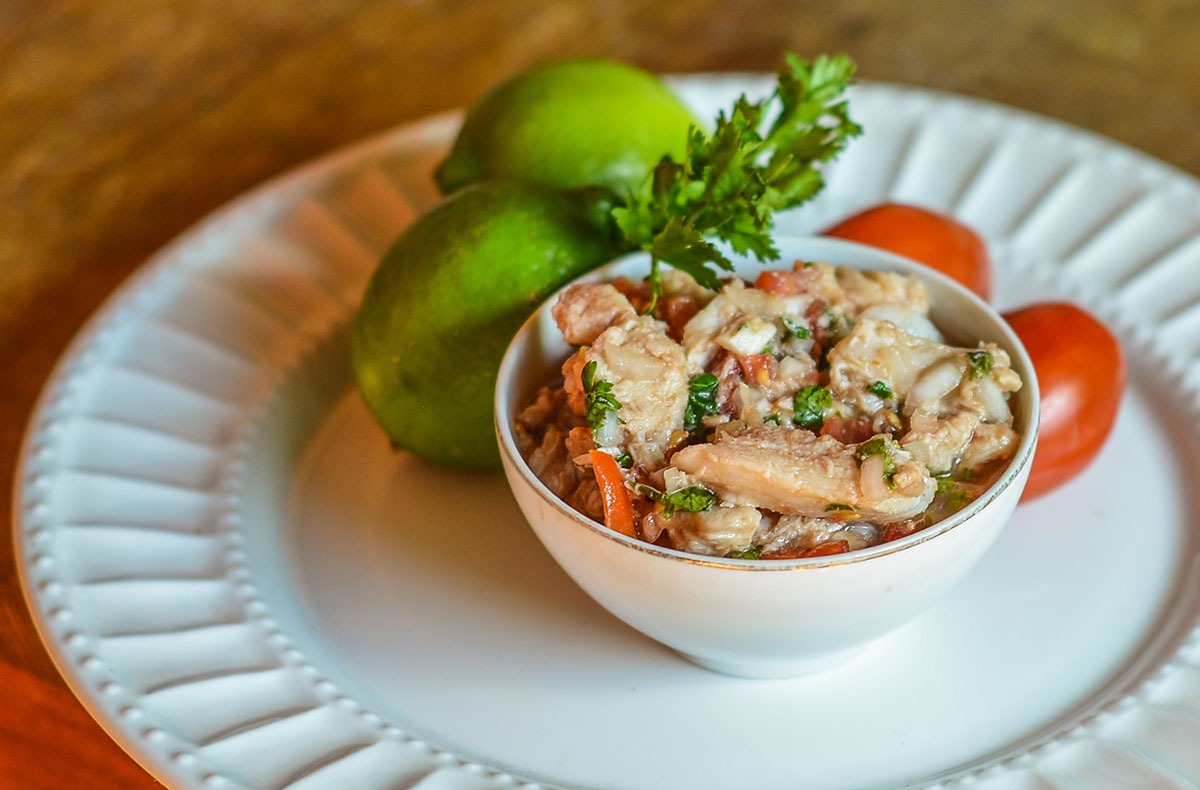The Ceviche:
Very popular throughout the Americas, ceviche is a dish in which any variety of fish and other seafood is mixed (usually raw) with juices, herbs, and vegetables (and sometimes fruit).
Evidence has been found that indicates that a dish similar to ceviche was eaten almost 2,000 years ago. In South America, especially in Peru – where ceviche is recognized as a traditional local food – there’s a wide variety of different versions. It’s believed that the dish from which ceviche is derived was brought to Peru by Moors from Granada who accompanied Spanish conquistadors and colonists. From the start, it was adapted by adding local ingredients until it evolved into the ceviche of today.
It’s Different Recipes:
Among the differences in ingredients and recipes, there are also variations in how the name of the dish is spelled. The Real Academia Española (the Spanish Royal Academy which defines and regulates the use of the Spanish language) recognizes four variants that are used in different parts of the Spanish-speaking world: cebiche, ceviche, sebiche and seviche. The ones spelled with a “v” are more commonly used in Guatemala, especially ceviche.
In Central America, the various versions of ceviche don’t differ from each other much at all. The region’s abundant seafood and the availability of a wide variety of herbs and spices means that the “Central American version” of ceviche has its own distinctive ingredients.
Chapín Ceviche:
In Guatemala, ceviche is simply and easily prepared: take seafood – chunks of fish, shrimp, conch, crab and/or other shellfish – cook it (chemically, not using heat) with lemon juice, adding diced onion, tomato and cilantro. To finish off the seasonings, some people add tomato juice, along with Worcestershire sauce, ketchup, and hot sauce to taste. Ceviche is usually eaten during weekends, accompanied by saltine crackers and, of course, a good beer.
¡Buen provecho!
Written by:
Photo by: Sofía Letona
Translation by: Kevin Cole


